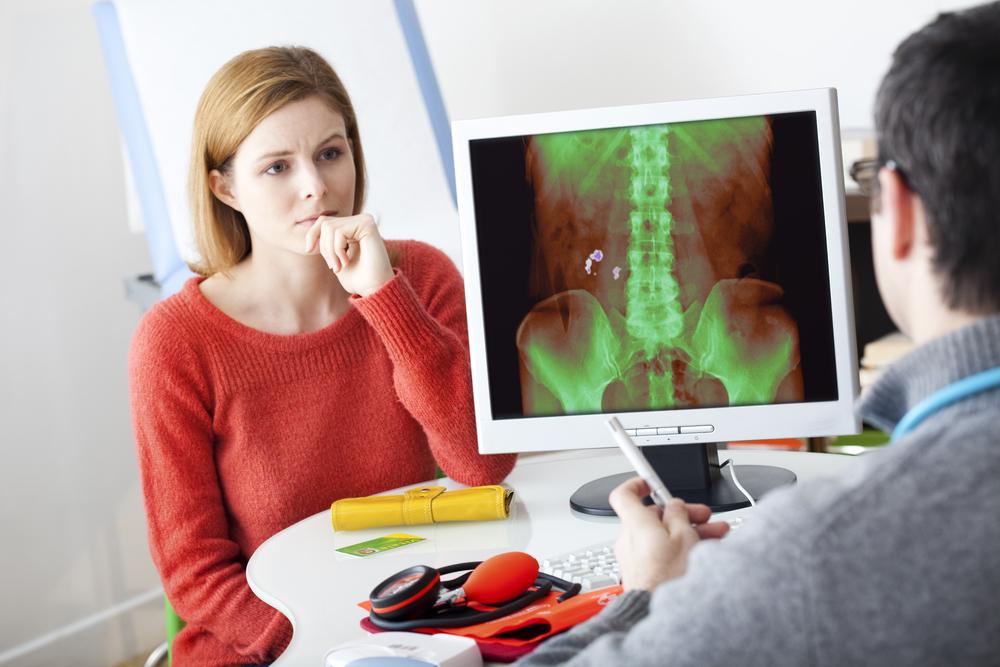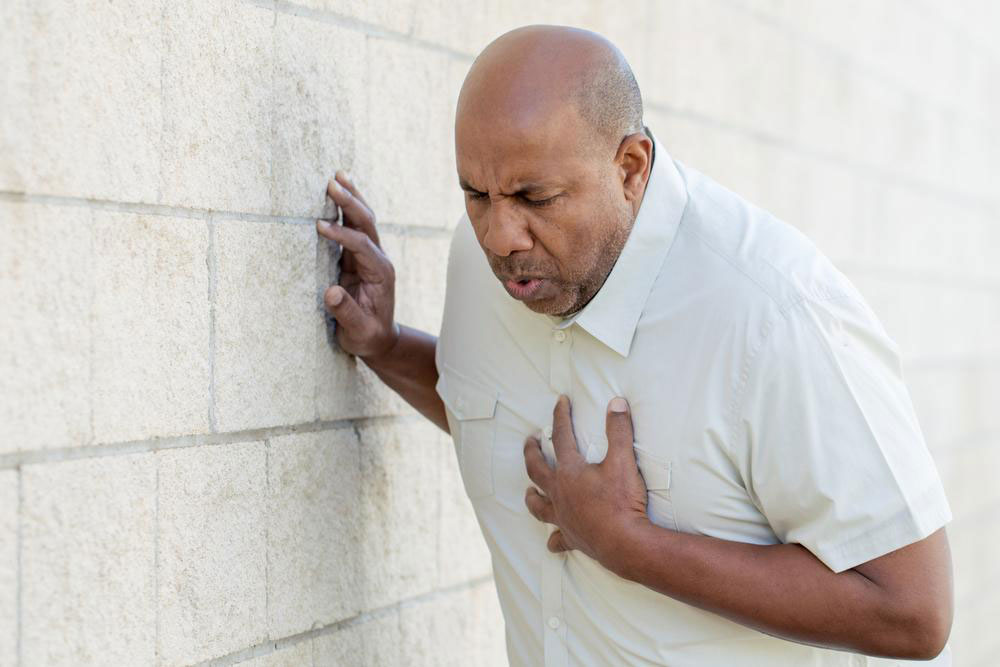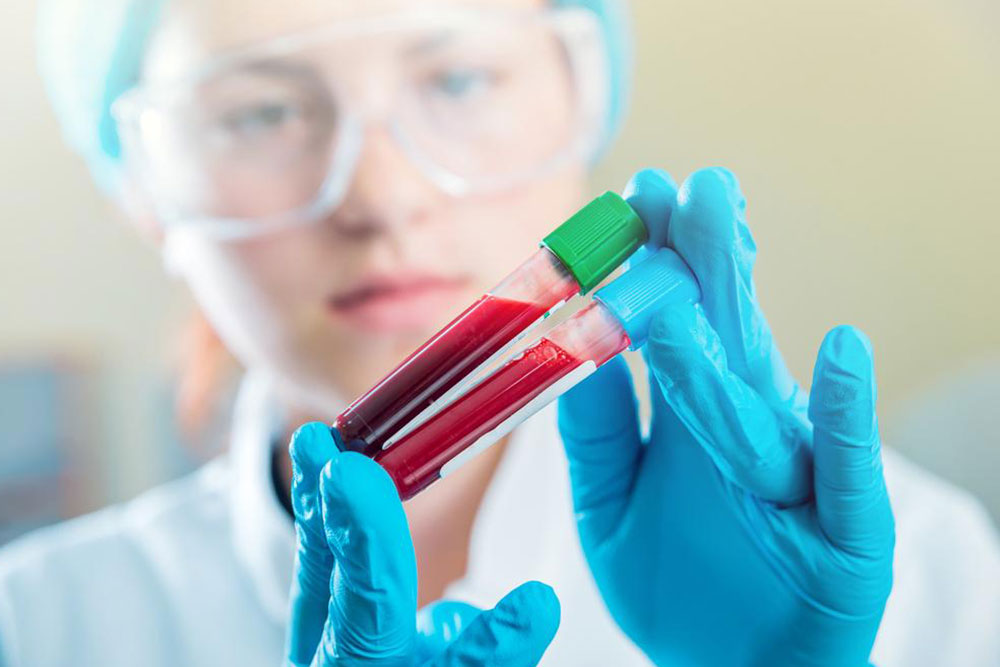Comprehensive Guide to Kidney Cysts: Symptoms, Causes, and Treatment Options
This article offers a detailed overview of kidney cysts, including their causes, symptoms, and the latest treatment options. It emphasizes the importance of screening, especially for those with a family history, and explains the minimally invasive procedures used to treat cysts. Learn how to recognize symptoms and when to seek medical attention for kidney cysts to maintain optimal renal health.

Comprehensive Guide to Kidney Cysts: Symptoms, Causes, and Treatment Options
An in-depth overview of kidney cysts and available treatment methods
Our kidneys are essential for filtering waste from our blood. Because we have two, their health is crucial. Kidney cysts can pose serious health concerns if left unchecked. Fortunately, there are effective treatments to address them.
If you're dealing with a kidney cyst or simply want to understand them better, this guide covers what kidney cysts are, their causes, symptoms, and treatment options.
What are Kidney Cysts?
Kidney cysts are small sacs filled with fluid, forming either in or around one or both kidneys. Kidneys' primary role is to filter waste from blood and produce urine.
Cysts can be solitary or multiple, with some individuals developing Polycystic Kidney Disease (PKD), a hereditary condition characterized by numerous cysts. Simple cysts generally cause no issues and are easy to treat if necessary.
These sacs are usually benign, appearing incidentally during imaging tests. However, PKD involves excessive cyst growth, which can lead to serious complications. Family history is an important factor to consider, and screening is recommended if PKD runs in your family.
Range of Cyst Sizes
Cysts vary from microscopic to as large as tennis balls. Larger cysts can cause pain and discomfort due to pressure on surrounding tissues. Treatment options depend on the size and symptoms of these cysts.
Symptoms of Kidney Cysts
Most small cysts remain asymptomatic. Problems typically arise when cysts enlarge or become infected, leading to:
Back, abdominal, or rib pain that intensifies over time
Abdominal swelling accompanied by discomfort
Fever or temperature fluctuations
Blood in the urine
Painful or discolored urination
Risk Factors
The exact cause of benign kidney cysts is unclear. Theories suggest blockage of tiny urine-collecting tubes may lead to fluid buildup. Age is a significant factor, with risk increasing over time. Men are more susceptible than women. By age 50, about half of the population may develop kidney cysts.
Treatment Options for Kidney Cysts
Diagnosing cyst severity involves blood tests, urine analysis, and imaging scans. Small, asymptomatic cysts often require no treatment, only regular monitoring through ultrasound. Larger or problematic cysts might need intervention, which includes:
Computed Tomography (CT) scan: Offers detailed 3D images of kidneys
Magnetic Resonance Imaging (MRI): Uses magnetic fields to assess cyst characteristics
Ultrasound: Monitors cyst size and growth
In cases where cysts cause discomfort or grow larger, removal may be necessary. There are two main procedures:
**Surgical Removal**: Performed laparoscopically with small incisions, this method involves draining and excising the cyst tissue under anesthesia.
**Sclerotherapy**: A minimally invasive procedure where fluid is aspirated with a needle, guided by ultrasound, and an antibacterial solution is introduced to prevent recurrence.
Note:
This blog provides general medical information and should not replace professional diagnosis or treatment. Always consult a healthcare provider for personalized medical advice. The content is based on current data but may not reflect the latest developments or available treatments.









